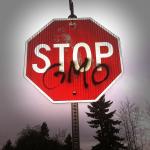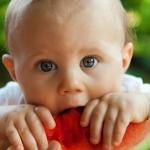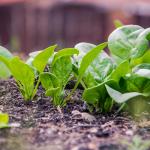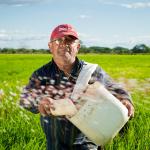A few things can be said with certainty about “non-GMO” food labels.
food safety
As part of the European Union, the UK was a stronghold of anti-GMO opposition. Post-Brexit, however, Britain is changing its outlook for the better.
In October, a viral TikTok video urged viewers to buy an essential oil veg
Farmers Markets Create Awareness and Community
My wife and I welcomed our first child into the world this week. If you're a parent, you know there's nothing like it. I wouldn't trade my experiences over the last year for anything in the world.
Imagine for a moment that you're standing in the grocery store, choosing between two identical tomatoes. The only difference between them is price because one is certified organic and thus more expensive.
When my wife and I found out she was pregnant with our first child, our thinking about food safety seemed to shift overnight. Fears that we once disregarded suddenly morphed into potential threats we had to assess for our son's sake.
On a personal level, it’s Saturday morning.
"It's a war"
Steve Tebbets USDA Commodity Protection and Quality Research Entomologist












